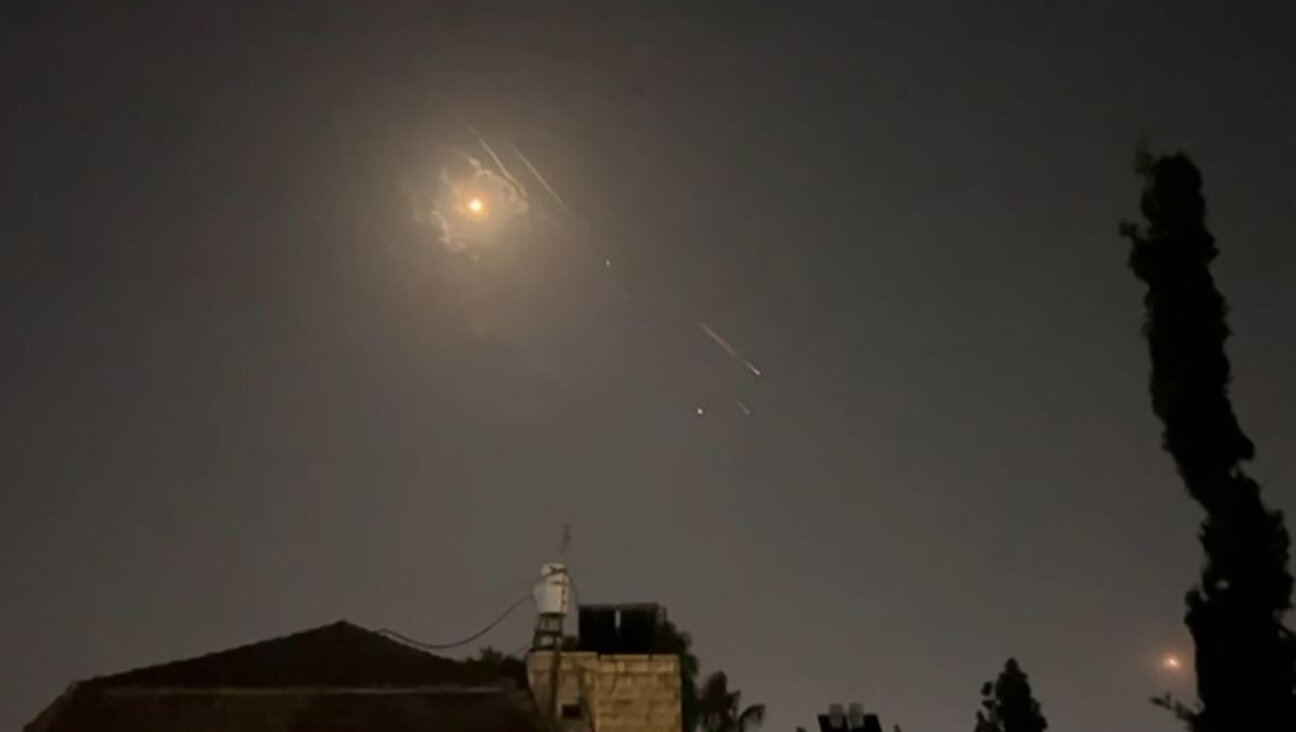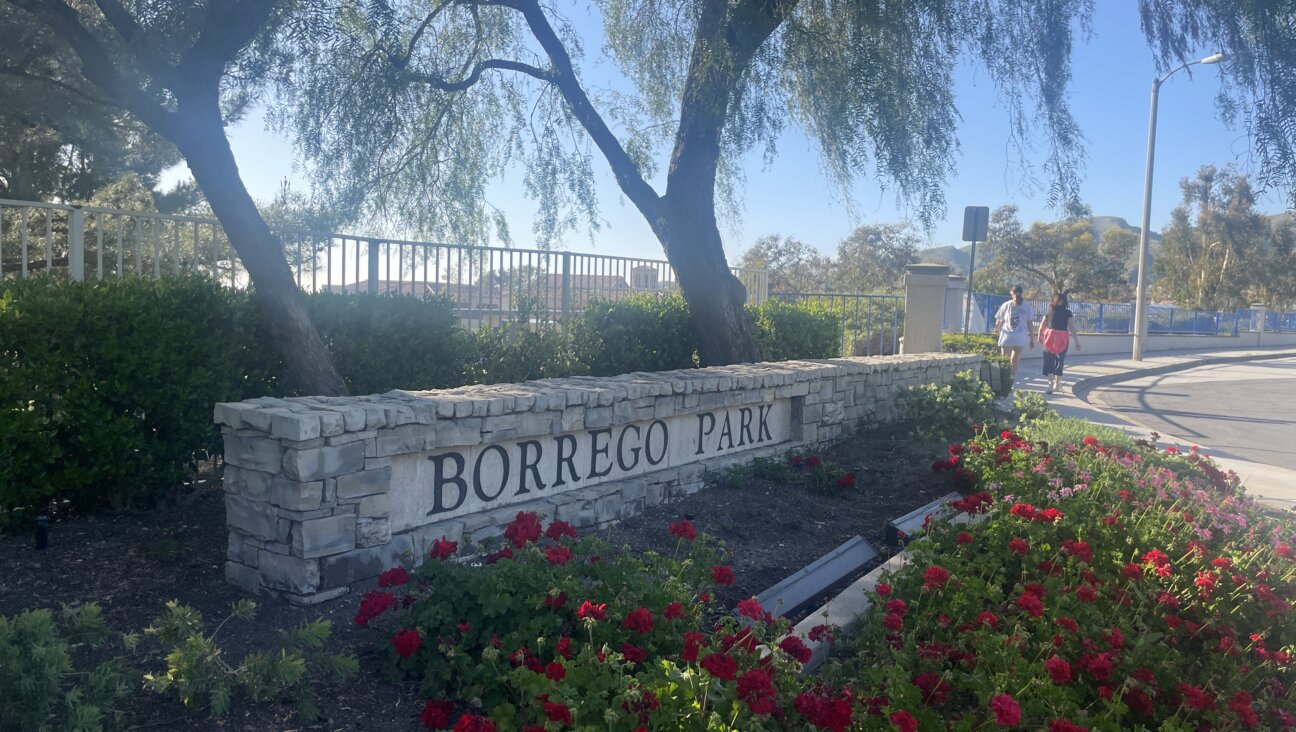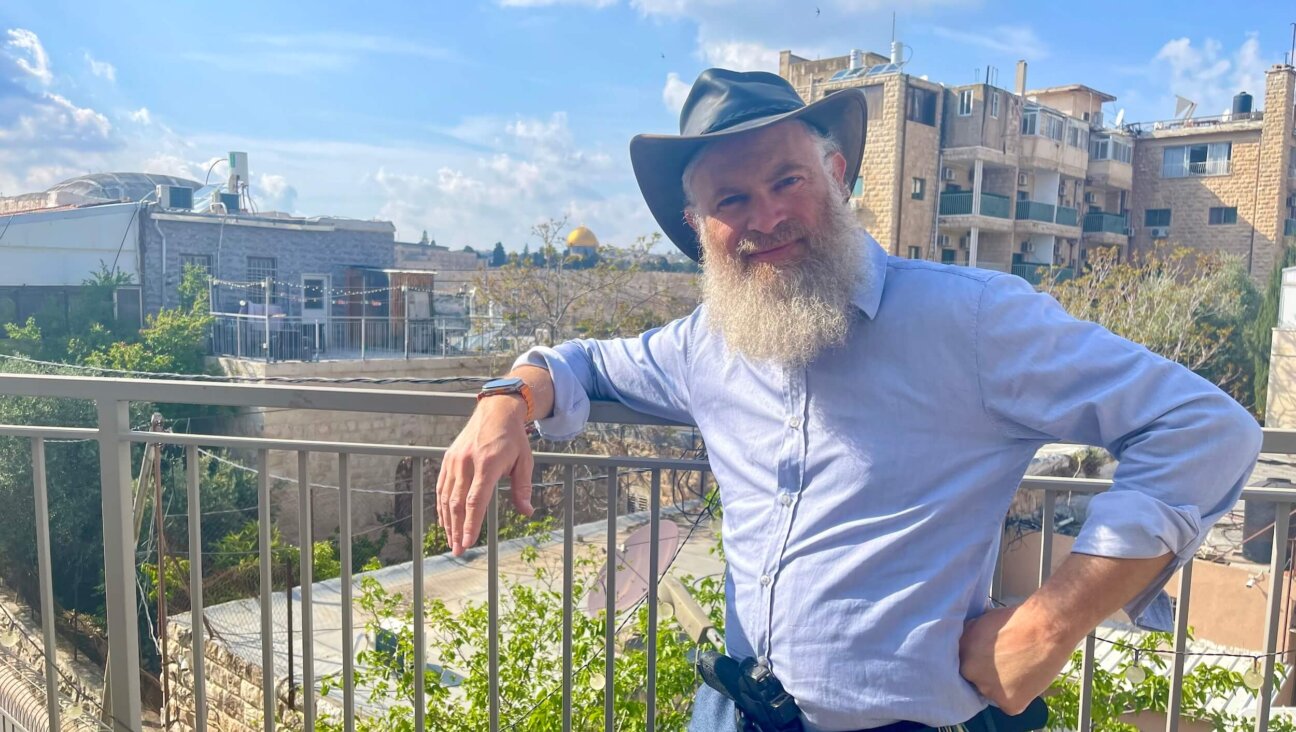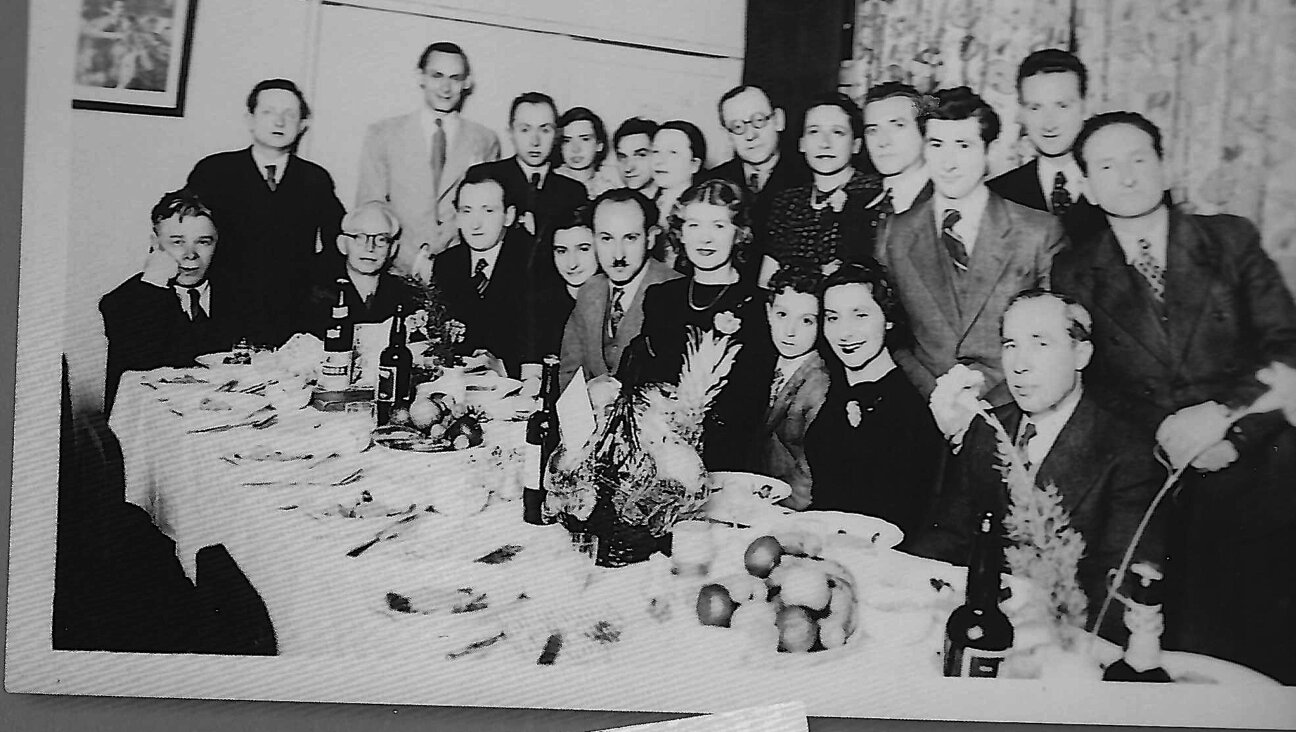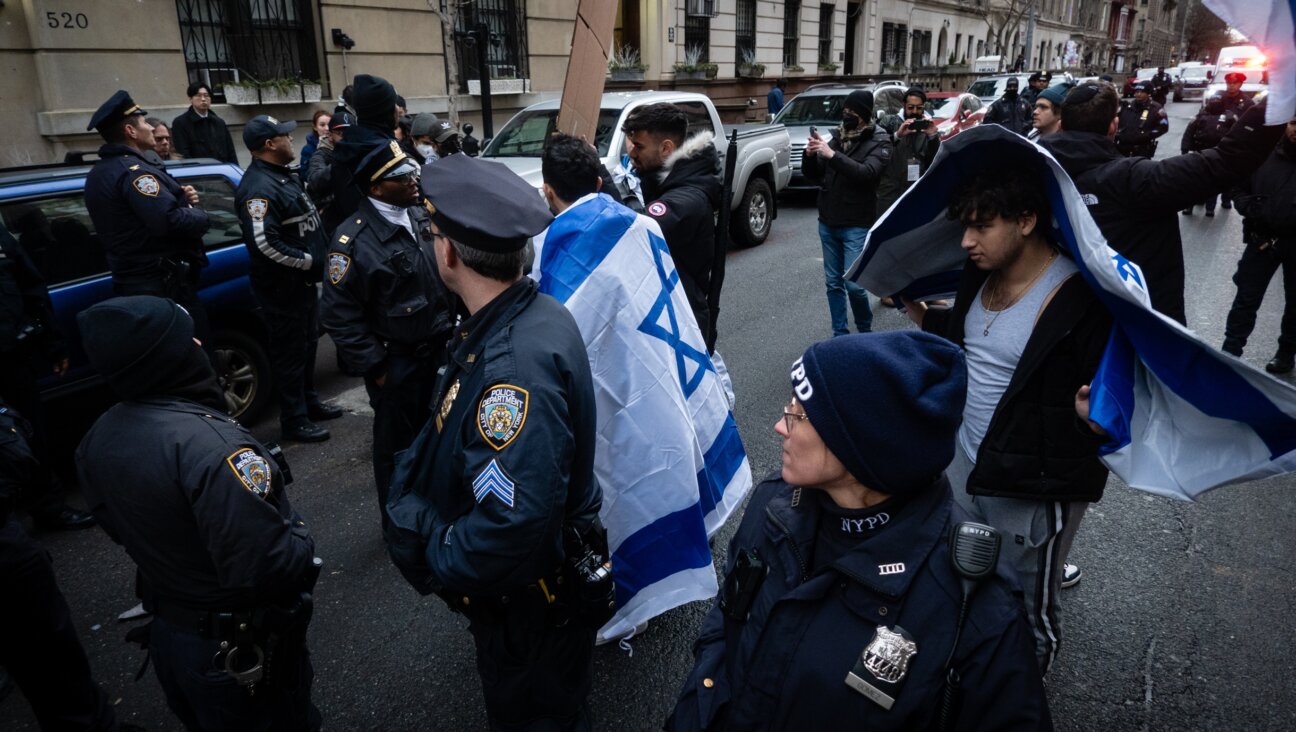A New ‘90210’ Offers Truer Picture of Beverly Hills

THE WAY THEY WERE: The cast of the original Fox series ?Beverly Hills, 90210? (left) and the CW remake (right)
Los Angeles — When the hit television series “Beverly Hills, 90210” premiered on the Fox network nearly two decades ago, many viewers pointed out that the show did not reflect the reality of Beverly Hills High School.

THE WAY THEY WERE: The cast of the original Fox series ?Beverly Hills, 90210? (left) and the CW remake (right)
The real Beverly Hills High is both predominantly Jewish and heavily Iranian. While the original cast included two explicitly Jewish characters, the show was, nevertheless, far from an actual representation of the tony school, which was fictionalized in the iconic series as “West Beverly High.” What’s more, the sizeable Iranian community, mostly made up of Jews, was absent.
But the television show now has a second chance. Come September 2, when the CW network premieres “90210,” a new version of the original show, viewers will see — in addition to a half-Jewish character — an Iranian character.
“At least it’s a nod to what the real storylines are at the school, and an attempt to deal with what is, in fact, a major part of life in the Beverly Hills area itself,” said popular culture critic Josh Kun, an associate professor at the University of Southern California’s Annenberg School for Communication.
Still, Kun noted, television is never — nor should it be, as far as he is concerned — a realistic take on life. “Part of the fun of ‘90210’ is watching a show that’s obviously about fantasy,” he said. “TV is never about realism. It’s about playing reality to the choir of fantasy.”
While actual statistics are unavailable, Beverly Hills High School is, by all accounts, overwhelmingly Jewish. Joy Horowitz, author of the recent book “Parts Per Million: The Poisoning of Beverly Hills High School,” an investigative foray into allegations that oil wells at the high school caused thousands of cancer cases, estimates that when she attended the high school in the late 1960s, its population was about 90% Jewish. Since that time, the primary demographic shift has been the influx of Persians, who now constitute an estimated 40% to 50% of the total population.
Shirley Eshaghian, a 21-year-old Iranian Jew who has been anticipating the new show, said that she is particularly interested in seeing how the series portrays its Iranian character — a student named Navid Shirazi who produces the school’s student-run TV station. “I just hope that they don’t play on stereotypes,” she said. “I hope people can maybe see into the culture.”
Even with the addition of the Iranian character, “90210” is still far more fiction than reality. In fact, the real Beverly Hills High isn’t even in the 90210 ZIP code. It’s in 90212.
And in a typical Hollywood casting decision, the actor playing Navid Shirazi, Michael Steger, is not actually Iranian. This is in keeping with Tinseltown tradition: Going back decades, most Jewish parts in American film and television have not been played by Jews. A recent example is Brad Pitt’s upcoming turn as a Jewish hillbilly who kills Nazis in Quentin Tarantino’s World War II drama, “Inglorious Bastards.”
In fact, according to Gabrielle Carteris, a Jewish actress who portrayed the most explicitly Jewish character on the original “Beverly Hills 90210” — the brainy Andrea Zuckerman — the show’s producers had no idea she was Jewish when they hired her to portray the school newspaper editor from the wrong side of the tracks.
And while several episodes addressed her character’s religious background — in one, she learned about her Jewish family history from her grandmother, played by Lainie Kazan — her Jewish identity on the show had its limits.
When Carteris, who is now in her 40s, showed up on set wearing a Star of David around her neck, the network honchos balked. They called her into their office, she said, and asked her to remove the Jewish symbol. “The executives said that ‘Middle America’ really doesn’t want to see it,” Carteris said in an interview with the Forward. “‘Middle America’ is a phrase that is always used in this industry. I want to know, who is this ‘Middle America’?”
Carteris, who is a member of Temple Beth Hillel — a Reform synagogue in Valley Village, Calif. — refused to take off the Star of David unless the other cast members were asked to remove their crosses. As a result, the executives mandated that no religious jewelry could be worn. The irony? The executive who asked Carteris to remove the star was himself Jewish.
Moreover, the creator of the original show was the prolific Aaron Spelling — a Jewish television and film producer who almost specialized in creating white-washed depictions of American reality (think “Charlie’s Angels” and “Dynasty”).
While the new show seems to embrace diversity in a far more explicit way than the original — which was roundly criticized for its all-white cast — there are no wholly Jewish characters this time around. The closest is a female character known as “Silver,” who, according to a spokesman for the show, is half-Jewish. Silver is presumably a descendant of the original show’s other Jewish character, David Silver, who dabbled in being a hip-hop DJ, as did the actor who played him, Brian Austin Green. Green is now a series regular on the Fox show “Terminator: The Sarah Connor Chronicles.”
The executive story editor of the original “Beverly Hills 90210, Amy Spies, said that times have changed since she worked on the show in the 1990s.
“Because of cable, there’s been all kinds of diverse, ethnic shows,” said Spies, citing “The Sopranos” as an example. “It’s much more the norm to have more accurate representations of their world.”

I hope you appreciated this article. Before you go, I’d like to ask you to please support the Forward’s award-winning journalism this Passover.
In this age of misinformation, our work is needed like never before. We report on the news that matters most to American Jews, driven by truth, not ideology.
At a time when newsrooms are closing or cutting back, the Forward has removed its paywall. That means for the first time in our 126-year history, Forward journalism is free to everyone, everywhere. With an ongoing war, rising antisemitism, and a flood of disinformation that may affect the upcoming election, we believe that free and open access to Jewish journalism is imperative.
Readers like you make it all possible. Right now, we’re in the middle of our Passover Pledge Drive and we need 500 people to step up and make a gift to sustain our trustworthy, independent journalism.
Make a gift of any size and become a Forward member today. You’ll support our mission to tell the American Jewish story fully and fairly.
— Rachel Fishman Feddersen, Publisher and CEO
Join our mission to tell the Jewish story fully and fairly.
Our Goal: 500 gifts during our Passover Pledge Drive!








